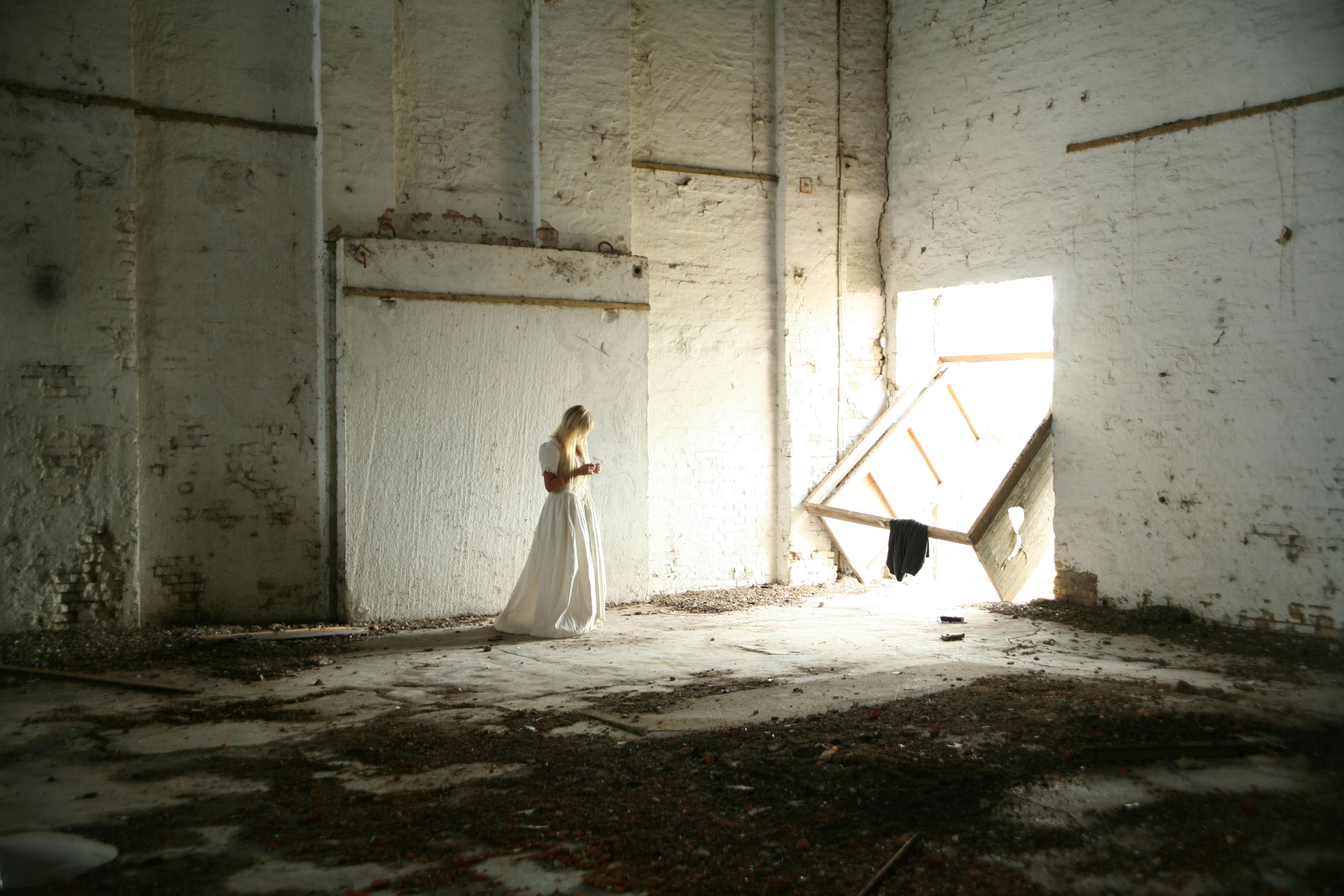From a property management point of view, branding covers the personal branding of property managers. This includes the signage (office and street signs), the office, the website, the profiles, the uniforms, the brochures, the window cards, and the properties you are renting.
If a home is not well presented, it will reflect on the property manager and owner as well as the real estate business and will not attract the desired tenants. While some homeowners understand this and keep their homes well presented, others don’t see the relevance.
I always suggest that our owners, when possible, take a driving tour or visit their property at least once a year. Things like faded paint, overgrown trees, sloping fences, etc. Really put off tenants and your investment becomes ‘the rent’ down the street. It can also mean the difference between good tenants and the not-so-desirable application for your property.
Most repairs and upgrades are tax deductible and actually avoid higher maintenance costs. Your tenants will also appreciate upgrades that ensure tenants stay longer, minimizing costs and providing you with security. You can also consider that tax depreciation will ensure a higher tax return on your investment.
Some internal work between tenants may also be worth considering. You may consider painting the entire property, changing the rugs or window fixtures, or replacing the tiles or even staining the wood floors. All these elements are really difficult to do with the tenants of the house. It’s difficult to predict how long someone will live in your property, and no one wants to move a large tenant in for renovations. Just doing one of these things between tenants at every change can increase your rental income.
While a good property manager will inform you of this, it is sometimes helpful to see it for yourself so that you can make an informed decision about routine maintenance and future preventative or upgrade maintenance. Ask them to help you with quotes, organize merchants, arrange key collection, and even pay bills on your behalf.
I think there are three types of maintenance on your investment property:
1. Routine repairs: these are common items that wear out and break. Routine repairs could be leaky faucets, broken air conditioners, or a garage door that doesn’t slide smoothly.
2. Emergency repairs – These are unexpected and generally require immediate repair. Emergency repairs include hot water systems breaking / exploding, a gas leak, plumbing backing up or bursting or securing property.
3. Future Repairs: This is your long-term list of things to do when you have the money or between tenants. Future repairs include things like carpet and paint replacement as outlined above.
There is also another aspect to consider. Don’t spend so much that you have no income. While it’s lovely to make everyone happy, it’s still an investment, so you don’t need every bell and whistle.
Did you know that you can attend a routine inspection of your property? It might be worth considering.

